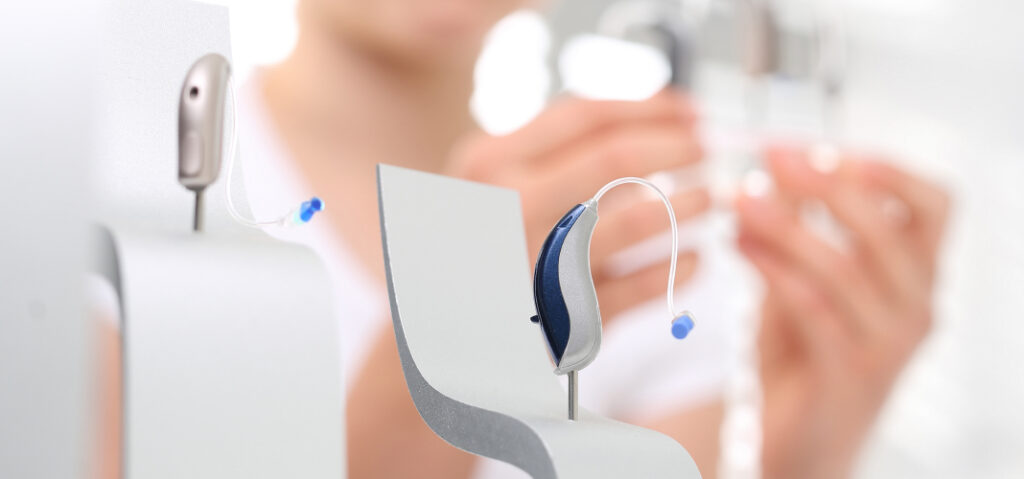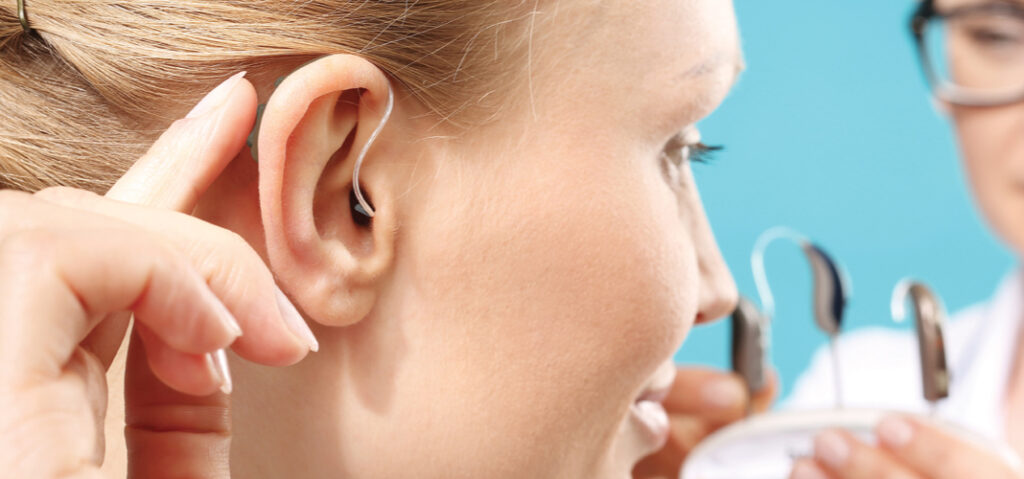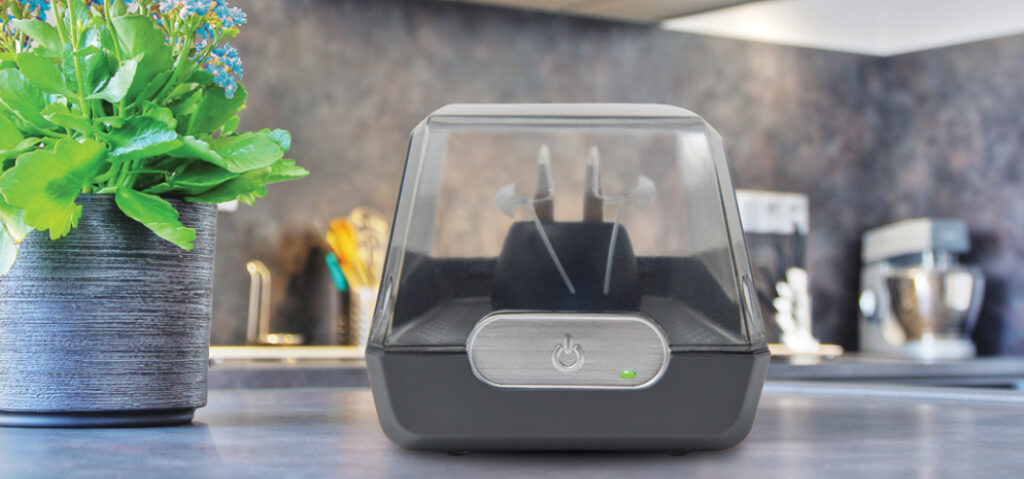Over The Counter (OTC) Hearing Aid Care
If you have used Google or Facebook recently, or even just been watching your TV, you have probably seen the barrage of ads and announcements for the new class of OTC hearing aids. This new type of hearing aid became official in the fall of 2022 as a result of the FDA acting per their mandate from legislation passed and signed into law back in 2017. These new OTC devices are available at a lower cost than the typical prescription hearing aid that has been the norm for decades. Companies like Lexie Hearing (partnered with Bose), Sony, Jabra, and MD Hearing are all promoting this new option for consumers. Most prescription hearing aids cost around $5000 per pair. Most of the new OTC hearing aids are selling for less than $1000 per pair.
And while these OTC hearing aids, and traditional prescription hearing aids as well, have made tremendous improvements in performance and durability over devices from the past, the reality is that moisture is still the number one cause of failure for hearing aids. That remains true even with technology such as nano-coating that is designed to protect the hearing aids from moisture. This is true because the microphone and speaker need to be open to the environment in order to do their job effectively.
Some moisture issues are obvious, such as droplets that are visible in the sound tubes or the sound port of your hearing aid. Many problems, though, are not as apparent because they are caused by moisture molecules rather than visible droplets. Because of this, many moisture-related problems can be difficult to diagnose. Typical symptoms include fuzziness, distortion, unexplained volume fluctuations, intermittency, and even total hearing aid failure.

How does the moisture get there?
The typical ear canal is a warm, humid environment. Perspiration often introduces even more moisture into the hearing aid. And of course, there may be the accidental drenching from the shower, pool, or washing machine. But one of the most common causes of moisture accumulation is condensation. Condensation occurs with changes in the temperature, even something as ordinary and frequent as entering an air-conditioned car or building.
The underlying principle behind condensation is that warm air can hold more moisture than cold air can hold. It’s the same principle that causes your bathroom mirror to fog up during a hot shower. The hot shower introduces water vapor into the air, but the cooler air outside the shower can’t hold all the moisture. The result is that it “condenses” onto cool, smooth surfaces like the mirror.
Condensation is an equal opportunity culprit, affecting users in hot, dry areas like Arizona as well as those in humid environments like the southeast. As long as there is even a trace amount of humidity in the air or in your ear canal, temperature change can trigger condensation.

How does moisture affect performance?
You may notice fuzzy or distorted sound as moisture soaks into the diaphragms of speakers and microphones in the hearing aids. Or when it blocks air vents, sound ports, or tubing. You might notice intermittency or unexplained volume fluctuations as it finds its way into switches and volume controls. You may experience shorter battery life or even see visible corrosion on the contacts of the hearing aid.
If the microphones or speakers are bogged down by moisture, they have a hard time picking up and/or delivering sound. High frequencies in particular (such as children’s voices, many women’s voices, high-pitched instruments, etc.) tend to be distorted or even ignored by a wet microphone or speaker. That’s because it takes faster vibrations to deliver a clear high frequency tone, and a moisture-laden diaphragm simply cannot vibrate fast enough.
That’s enough of the bad news. The good news is that there are solutions available.

Solutions
The use of a hearing aid dryer to care for your OTC hearing aids will help performance and can reduce the need for repairs by 67%*. These products can also sometimes be called hearing aid dehumidifiers. All hearing aid wearers – whether OTC or prescription – should use a drying device every night. This is especially true during warm weather or elevated humidity, which for many people is all the time.
When choosing a dryer for your hearing aids, the first step will be to identify whether your hearing aids use regular batteries or are rechargeable. Knowing the answer to that question will allow you to make the correct choice in drying products, as rechargeable hearing aids need a specific technology solution with much lower heat level than traditional battery technology.
For rechargeable hearing aids, there are products designed specifically to work with the requirements that lithium-ion batteries need. One such example is the DryBoost UV. With a precisely controlled drying temperature that was designed specifically for use with rechargeable batteries, DryBoost UV is a great companion to your hearing instruments. The gentle heat works with a fan to create circulation around your hearing instruments and charging base, pulling the moisture from them and helping to prolong device life, reduce service issues, and increase audio performance. DryBoost UV also utilizes a UV-C lamp to provide sanitization of your hearing instruments while they are being charged and dried.
For hearing aids powered by traditional batteries, start by using a soft, dry cloth to wipe excess moisture and earwax from your hearing aids. Typical drying products use a combination of heat, moving air, and often a desiccant to remove the moisture from the devices inside. A great example of this is our unique and patented Dry & Store method, which utilizes all the elements just mentioned to create effective drying down to the molecular level.
First, controlled heat serves to break the surface tension of the water molecules within the hearing aid. Once the surface tension is broken, the moisture molecule can evaporate. Air circulating inside the dryer carries the released vapor past a desiccant. That desiccant captures the moisture so that it cannot re-settle on or in the hearing aids. The circulation of warm, dry, sanitized air continues for eight hours while you sleep.
A note about heat – it’s very important for any heated device to be temperature-controlled, because too much heat can damage a hearing aid. Please don’t be tempted to use a hair dryer, an oven, or a microwave to dry a hearing aid, as their temperature extremes can easily cause permanent damage to the hearing aid.
With the exception of DryBoost UV, the temperature inside our Dry & Store products is controlled by sophisticated programming, and averages between 95 and 104° F. Not much different from your body temperature.
Whichever system of drying and caring for your hearing aids works for you, it’s important to use it on a nightly basis, to prevent problems and protect your investment. While the new OTC hearing aids are much more affordable than prescription hearing aids, they are still a significant financial investment for many people, and one that deserves to be protected.
